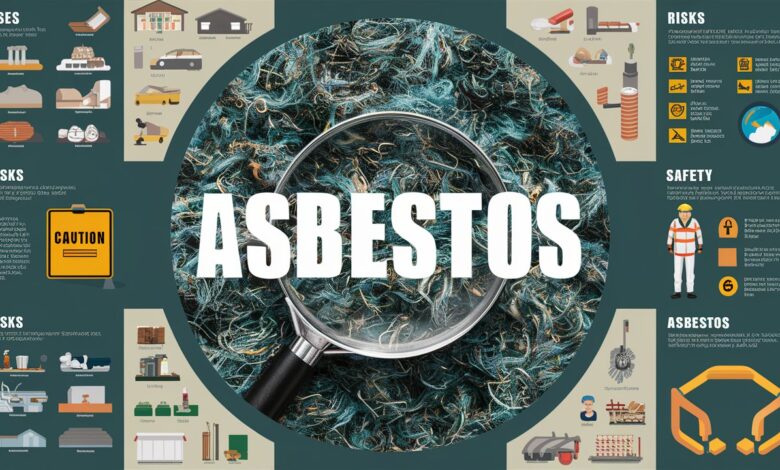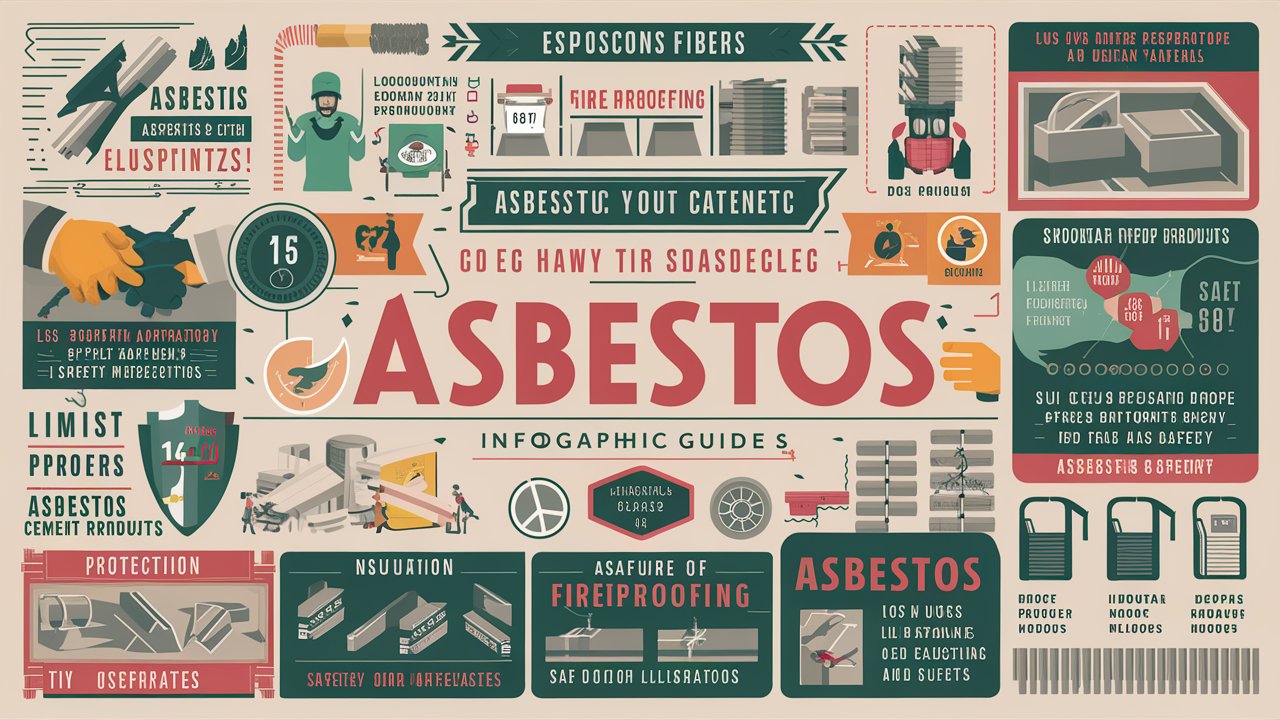Asbestlint: Comprehensive Guide, Uses, Risks, and Safety Measures

Asbestlint is a term closely associated with asbestos-based materials historically used in industrial, residential, and commercial applications for their remarkable fire-resistant, insulating, and durable properties. Over the decades, asbestlint became a significant component in construction, manufacturing, and engineering due to its affordability and functionality. However, modern science has unveiled severe health hazards linked to asbestlint exposure, leading to global regulations and bans. This detailed guide explores every aspect of asbestlint — its composition, applications, health effects, removal procedures, and modern alternatives — to provide a full understanding of this controversial material.
What is Asbestlint?
Asbestlint refers to fibrous materials derived from asbestos, a naturally occurring silicate mineral composed of thin, needle-like fibers. These fibers were woven into fabrics, mixed into cement, and integrated into insulation for their heat resistance and structural integrity. The material’s high tensile strength and chemical stability made it indispensable for industries ranging from construction to shipbuilding and automotive manufacturing.
The term “asbestlint” often denotes asbestos lint — fine, fibrous dust or waste byproducts generated during asbestos processing. Unfortunately, this airborne particulate is highly dangerous when inhaled, causing severe respiratory conditions.
Historical Applications of Asbestlint
1. Construction and Insulation
During the 20th century, asbestlint was widely used in thermal insulation, ceiling tiles, roofing shingles, and pipe lagging. Its fireproof properties made it a critical material for fire safety systems and boiler insulation.
2. Textile Industry
Asbestlint was woven into protective clothing, such as firefighters’ suits, oven mitts, and industrial blankets, due to its resistance to flames and heat.
3. Automotive Components
It was used in brake linings, clutch plates, and gaskets because of its ability to withstand high friction temperatures.
4. Maritime and Aerospace Engineering
Asbestlint found extensive use in ship hulls, engine compartments, and aircraft insulation, ensuring thermal efficiency and fire safety in extreme environments.
Health Risks Associated with Asbestlint
Exposure to asbestlint fibers is one of the most critical occupational health hazards recognized worldwide. When these fibers are disturbed, they become airborne and easily inhaled or ingested, embedding in the lungs and tissue linings.
1. Asbestosis
A chronic lung condition caused by long-term exposure, asbestosis leads to scarring, breathing difficulties, and reduced oxygen absorption.
2. Mesothelioma
This rare but aggressive cancer of the mesothelium (lining of lungs and abdomen) is directly linked to asbestlint exposure. Even minimal contact can result in fatal outcomes decades later.
3. Lung Cancer
Inhalation of asbestos fibers significantly increases lung cancer risk, especially among smokers or those in industrial occupations.
4. Pleural Plaques and Effusion
Asbestlint exposure often causes pleural thickening and fluid accumulation, impairing lung function and causing persistent chest pain.

Regulatory Framework and Global Bans
As the dangers of asbestlint became irrefutable, countries worldwide enacted strict regulations and bans. Organizations such as the World Health Organization (WHO) and International Labour Organization (ILO) advocate for complete prohibition.
In regions like Europe, Australia, and parts of Asia, asbestos use is fully banned. However, legacy structures still contain asbestlint materials, necessitating safe removal and management protocols.
Asbestlint Removal and Abatement Procedures
The safe handling and removal of asbestlint materials are crucial to prevent fiber release. Only licensed professionals should undertake abatement projects, following strict OSHA and EPA guidelines.
1. Risk Assessment
A comprehensive site inspection determines the presence and condition of asbestlint materials.
2. Containment
Work areas are sealed using plastic sheeting and negative air pressure systems to prevent fiber dispersal.
3. Wet Removal Technique
Surfaces are moistened to minimize dust, and HEPA filtration vacuums capture airborne particles.
4. Disposal
Asbestlint waste is double-bagged, labeled, and transported to approved hazardous waste facilities.
Improper handling not only endangers workers but can lead to legal penalties under environmental protection laws.
Modern Alternatives to Asbestlint
With the global shift toward sustainable and safe materials, several asbestos-free substitutes now replace asbestlint:
-
Cellulose Fiber: Derived from plants, it offers effective thermal insulation.
-
Fiberglass: Durable and non-toxic, ideal for insulation and reinforcement.
-
Mineral Wool: Provides fire resistance and acoustic insulation.
-
Calcium Silicate: Common in high-temperature applications, resistant to moisture and corrosion.
-
Aramid Fiber (Kevlar): Used in protective clothing and industrial seals.
These alternatives maintain performance standards while ensuring worker safety and environmental compliance.
Environmental Impact of Asbestlint
Beyond health hazards, asbestlint waste poses significant ecological risks. Improper disposal contaminates soil, air, and water bodies, leading to long-term pollution. Once released, fibers persist indefinitely, threatening ecosystems and wildlife.
Environmental monitoring, strict waste management, and public awareness are vital to minimizing these impacts and promoting a safer planet.
Frequently Asked Questions (FAQ)
Q1: What is asbestlint made of?
Asbestlint is composed of asbestos fibers, specifically minerals like chrysotile, amosite, and crocidolite, which were once used for insulation and fireproofing.
Q2: Can I remove asbestlint myself?
No. DIY removal is highly dangerous and illegal in many areas. Only certified abatement professionals should handle it.
Q3: How can I identify asbestlint in my building?
Visual inspection is insufficient. Hire a licensed asbestos inspector for sampling and laboratory testing.
Q4: Is asbestlint still used today?
Most countries have banned new use, but older buildings may still contain legacy materials.
Q5: What should I do if I suspect asbestlint in my home?
Avoid disturbing the material and contact a professional asbestos removal service immediately.
Conclusion
Asbestlint remains a stark reminder of how industrial innovation can lead to unintended health consequences. While its durability and resistance once made it invaluable, the catastrophic health risks associated with exposure far outweigh any benefits. Today, with safer alternatives, stringent regulations, and growing public awareness, we can ensure a future free from asbestos-related harm. Responsible management, professional abatement, and continued education are key to safeguarding public health and the environment.



